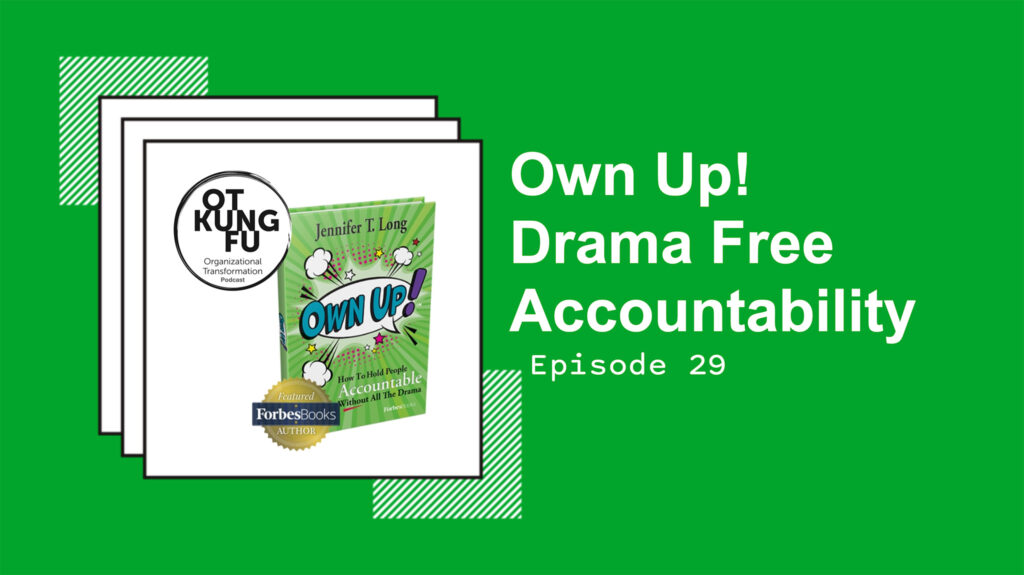
Sandi interviews her co-host, Jen about her new book: Own Up! How to Hold People Accountable without all the Drama. Jen and Sandi talk about what is in the book and go through the Six Ownership Steps model of Accountability™ for Mangers and Leaders.
Leadership Kung Fu
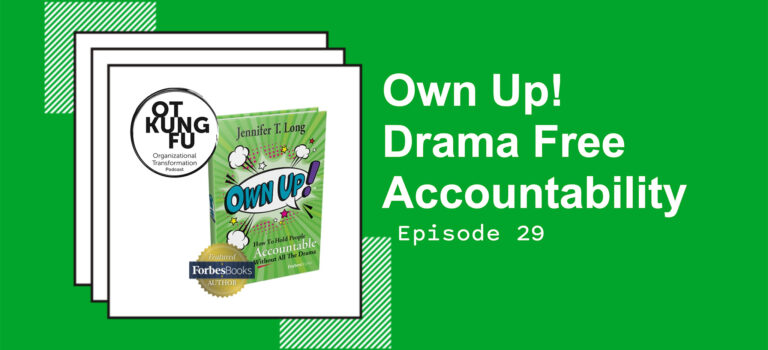

Sandi interviews her co-host, Jen about her new book: Own Up! How to Hold People Accountable without all the Drama. Jen and Sandi talk about what is in the book and go through the Six Ownership Steps model of Accountability™ for Mangers and Leaders.
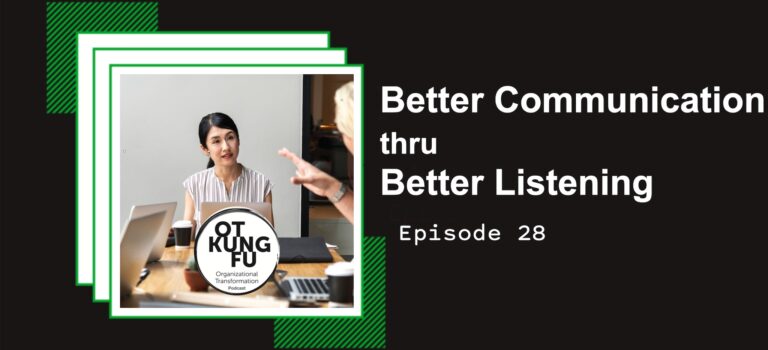
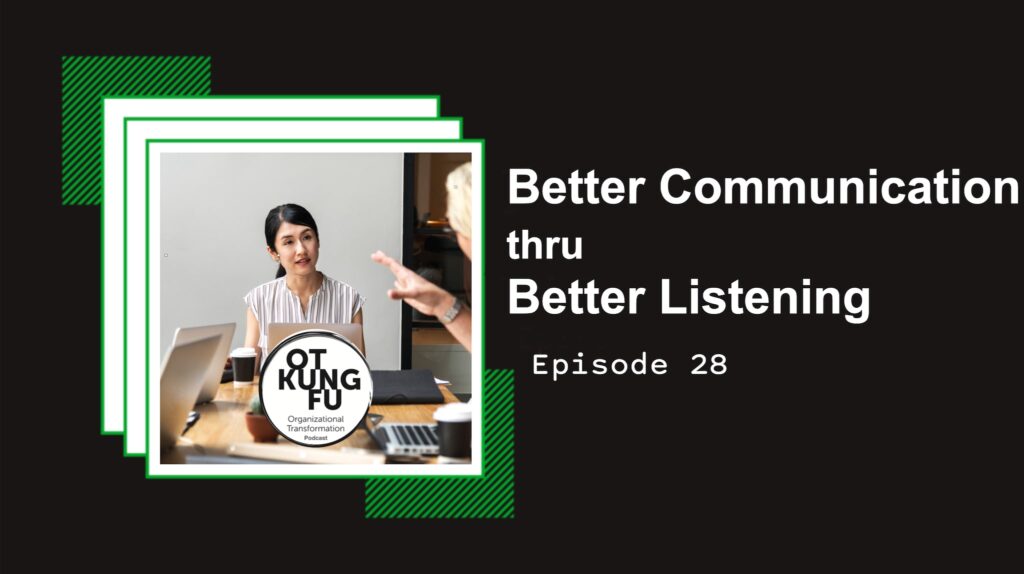
Sandi and Jen talk about listening being the key to communication and that good listening is a big part of being an effective leader. They also go over active and advanced listening as well as ‘listening in judgement’ vs ‘listening in discovery’.


Sandi and Jen discuss what Vision is for business. They talk about Vision vs Mission statement. They also go over how story works with Vision to keep it front of mind for everyone, how to create a business vision and they touch on how personal vision will help engagement.
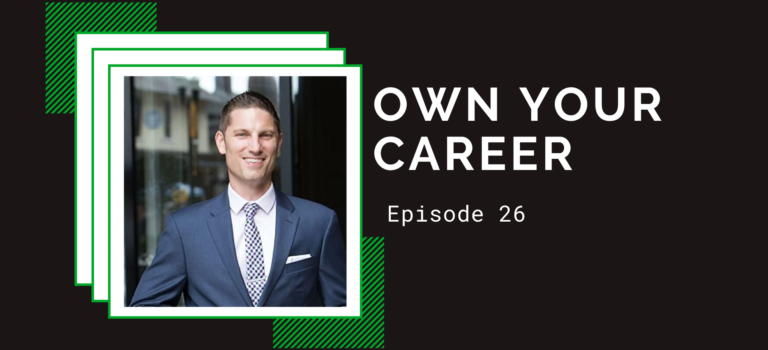
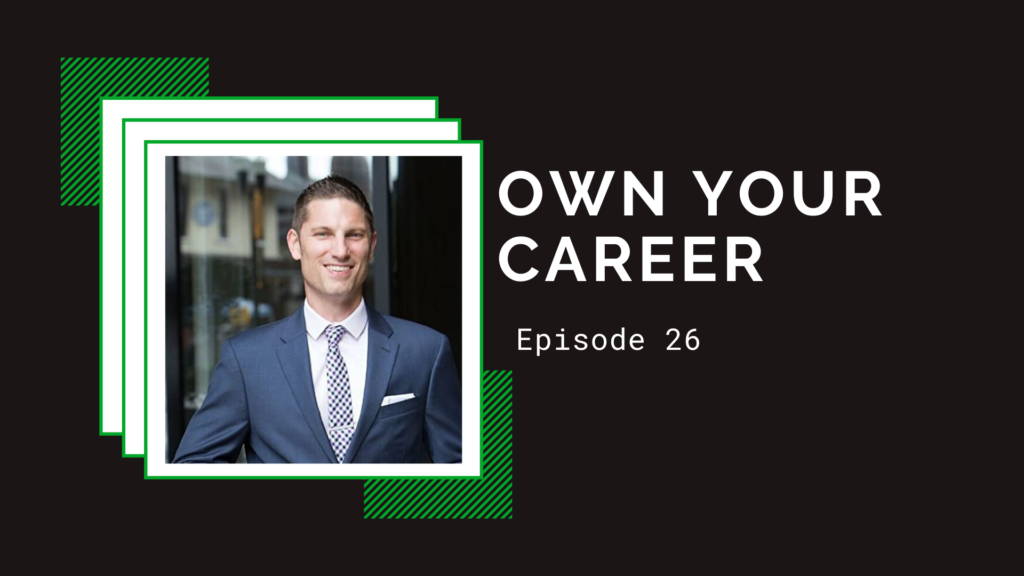
Sandi and Jen have a discussion with Andy Storch, author of Own your Career Own your Life. They talk about what it means to Own you Career in a company setting and what are the issues that go with those decisions.
Vist Andy’s website here: https://andystorch.com
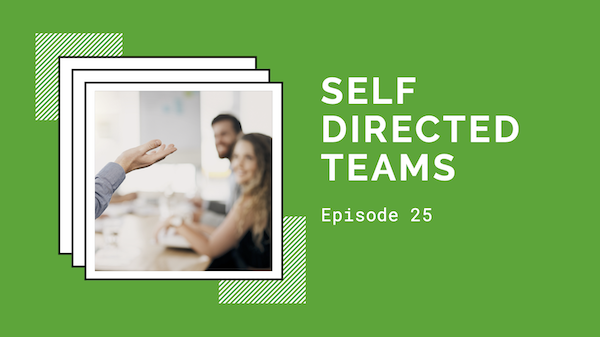

Sandi and Jen discuss what is a self-directed team, what are the items and issues that come up for a good and for a bad self directed team.

In Fall of 2018, Gary Anderson was hired to be the CEO of Nova Mutual Insurance in Ontario. This was a new position as Nova Mutual was a newly merged organization.
Now two and a half years post merger, Gary in his first C-suite role is clearly writing his own playbook. Gary and his team at Nova Mutual are doing things a little different, and they believe that culture will drive results, so although the results matter, culture trumps results.
Gary is not the typical CEO, and in fact carries the title of Chief Empowerment Officer.
But is that just a cute play on words, or are there significant differences in the role he plays in the office? At Nova Mutual, one of their chosen core values is empowerment, and according to Gary, the title change seemed to fit the mold. At Nova they pride themselves in doing things differently so much so that even now Gary is considering the next evolution of his role.
There are several pieces to the puzzle of culture and transitioning from a traditional office to an office driven by culture, and Gary believes it starts with servant leadership.
A servant leader could be well-compared to the scrum master. If you haven’t heard of this term before, a scrum master is an individual that facilitates good discussions, but isn’t the expert. Their primary goal is to listen and remove obstacles that are hindering the real experts from creating the best team or outcome possible.
If a traditional office structure is a hierarchy like a triangle, servant leadership means turning that triangle bottom up. As a servant leader, you’re removing obstacles, allowing the superstars to do their thing, and in turn they’re going to make things more efficient because they’re making the decisions about their job and how to streamline it.
Instead of having one leader at the top, with all of the pressure and control, there are many minds figuring out the details of how to get done what needs to be done in the best way possible. By removing the top down approach you start getting all sorts of ideas that no single ‘top-dog’ would ever have the time, freedom, or energy to think of.
When you have this kind of participation, it paves the way for buy-in, rather than begrudging (or worse, apathetic) compliance.
We know some of you might be wondering if this change is even worth the effort. If it’s not broke, don’t fix it, right? However, there are a few clear issues that come with traditional top-down leadership, and there’s one in particular that is impossible to avoid and that is poor communication. Top-down leadership means there’s someone at the top with typically three people as next-level leaders, who in turn relay information to 10 other employees, and continuing down the line.
Usually, this process of communication doesn’t go well, because somewhere within the middle management, details start to get lost, twisted, or added to.
Like a classic round of the popular party game Telephone, the message totally changes by the time you’re done. That’s exactly what traditional top-down management communication does.
When transitioning to a completely different leadership strategy and structure, you have to start by gathering information about the existing culture. By using preliminary surveys, you can reveal a lot of information, mostly from the comment sections. The typical click type answers can lead you down a general path, but it’s the comments that are key.
You’ll find, as you get to know the existing culture and individuals, there is a wide difference in beliefs, priorities, talents, and expectations. Somehow, you have to convince this group of diverse people to buy into a new culture and a new identity. But before that, you’ve got to decide what you want that culture to be.
Culture will happen regardless of what you do. It’s constant. You can either be completely invested in constructing or influencing it, or you can do nothing and it will create itself.
Gary used the first year as the transition year, and his goal was simply to bring everyone together. Not transforming anything, or making big moves, just getting everyone accustomed to these new concepts.
One step in this transition is getting your team involved by participating in conversations about purpose and values. It takes time, but it’s vital to create a safe space to have these conversations, because during transition periods, your team members are all asking themselves the same questions:
Where do I stand?
Am I staying, or am I going?
They may find out they’re not a fit. Maybe there’s not a career opportunity for them with the direction you’re going. You want the culture to be a genuine place for conversation and empowerment, so if one of your employees discovers something new they want to do, they will be supported. If they can do that within their current position in the team, great, let’s do it! If they can do it in a different position on the team, also great. If they can’t fulfill that goal with your team, they’re going to have the support they need to find a new job that gives them what they need to grow.
The change is gradual. Some team members might have never been put into a work situation where they could speak freely. Some team members might not believe you mean what you say. Everybody’s watching to see what moves are actually going to stick, and it comes down to trust. You have to build up the trust in advance, before you start making claims or taking chances.
This transition period, where you’re focusing on communication with regular, inclusive conversations is not just for building rapport and practicing for the “real thing.” As the leader listens and the team talks, culture is co-created. You’ll notice patterns in how the team communicates, what they talk about, and why.
Rather than simplifying it as a traditional mission and vision statement that you see on everyone’s website, Nova Mutual chose to alter it.
They started by answering the question, ‘What is our purpose?” and “Why do we exist?”
Then, they boiled it down to core values. These are catchy buzzwords, and they can sometimes be put on a plaque and ignored, but it’s getting the team members involved in the discussion. Instead of a CEO saying, “We’re going to believe in these three things, and if you don’t like it, hit the road” that’s what this process is all about.
Nova Mutual came up with six values, but Gary made it clear that they could change at any time as the team changes. Here are the words the Nova team chose:
This, they decided, was their true culture.
Ultimately, the servant leadership strategy leads in one direction. However, ater the transition phase, the goal (at least, for Gary at Nova Mutual) was to also create self-managing teams.
Many people think the idea is madness, and wonder how anything gets done, but really it’s just the natural extension of culture-driven strategy.
At first, you keep it simple with functional management. When the team has a discussion about potential changes, the servant leader (traditionally the “functional manager”), gives options of how these changes could be implemented. Then, they give them a small structure to work with, using examples from what they’ve been doing as a larger team up to this point. For example, meeting together every day, talking about stuff, taking 10 minutes to clarify who is doing what, and being intentional about problem solving within the group.
If self managing teams are going to be high-functioning teams they have to want it. They have to be ready to give 100 percent, especially at the start. As you build trust, the goal is to be able to rely on anyone on your team at any given time.
Even with loads of experience in the field, this sort of experimentation requires agility. You have to be more infinite minded. The leader will have to identify certain things for the team to achieve that are aspirational. Agile, self-managing teams figure it out together and are highly efficient and collaborative.Creating a culture of servant leadership simply lays the groundwork for the magic to happen.
For more resources from the combined genius of Sandi and Jennifer, check out Management Possible and Satori Consulting Inc.
Jen is the owner of Management Possible® focused on training and coaching multi-level management and leadership individuals and teams nationally and globally. Sandi is the owner of Satori® Consulting inc. a global consulting firm focused on helping organizations solve complex problems in strategy, leadership and governance.


Sandi and Jen discuss what Empathy is and what Leading with Empathy is all about. They discuss empathy, sympathy, judgement and curiosity and how they are all related and how these affect leadership.

Organizational change takes time to complete and even more time to master. It takes patience for the changes to take root. Now that teams work from home, and leaders are managing remote teams, there are new challenges causing the implementation of changes to be even more difficult. There are, however, a few things that organizations can do to make that change happen, as we’ve all become virtual team members in a very short period of time.
Trina Hoefling is an organizational development and transformational change consultant. She’s a graduate school professor, master teacher, strategic facilitator, leadership coach, and virtual team collaboration expert. She’s also the author of a book called Working Virtually, Transforming the Mobile Workplace and a contributing writer for The Handbook of High-Performance Virtual Teams.
OT KungFu was grateful to learn more from her expertise about virtual team building, managing remote teams, and everything a leader should know about teamwork from home.
Is there a difference between these terms?
There are certain terms you can use interchangeably: virtual worker, virtual team member, remote worker, all of those are interchangeable in day-to-day life. For our use, however, there is a difference between a virtual worker and a virtual team member.
Do those employees who work from home need to depend on each other to get the job done? Are they coworkers who are in an independent team, like in a call center environment? Or are they team members that need to work together to deliver their final product or service to their customer?
There are some things you need to know to engage the worker rather than the team member. Businesses treat every employee as a team member, whether they have to engage with others to get the work done or not because it’s collaborative.
But, the truth of the matter is, when we’re moved suddenly to a virtual environment, we have to ask ourselves two questions:
1) How much do the team members need to work together to get the job done and
2) How much is the virtual manager the conduit of the work?
A good team leader is always the most powerful piece, but when managing remote teams, they become even more important.
The virtual managers are the cream of the Oreo cookie. No matter what, they’re the primary connector of the workforce to the organization. Whether your manager is your primary contact or not, when you move to a virtual work environment, especially suddenly, that manager is your major connection with the organization, your major purpose giver, and your major contact.
It doesn’t remain that way, but at first, as people are trying to figure this out, that manager is a critical person in determining whether or not the employee can succeed. The virtual manager is the key influencer of work satisfaction and employee retention.
You take people away from their teammates, and they’re suddenly looking at their own four walls and wondering what signals they need to pay attention to and what’s most important. They need that manager to bring people together and recreate that connection to the workplace.
So what advice is there for a manager who’s just been thrust into this new virtual work environment, especially if they’ve never done it before?
How do they hold people accountable?
How do they manage results?
What do they need to do differently?
How do they know the team is really working?
First of all, the data suggests your team is working even harder because you don’t have those built-in stops and breaks. For a healthy, efficient team, the transition from team office work to teamwork from home is as simple as adding the word “virtual” to whatever you’re already doing. If you’re managing by results, now you’ll be managing by results virtually. The real question is:
How do you know they’re working now? How do you know they’re getting the job done in a normal office setting?
Do you have a result and management process in place? Do you have a performance evaluation system? Do you do coaching sessions? How do you observe behavior?
In short: What do you do now?
If you’re managing by sight alone, you’re not managing. Whatever you sucked at before your team moved into a virtual space, you’re really going to suck at it now. If you didn’t know how to really manage your team before, it’s going to be even more difficult now.
It all comes down to communication skills, and if everyone is out-of-sight, and you have no idea how to manage or communicate with others when they’re out-of-sight, then that’s where you have to start.
Pick up the phone, have a conversation, get an understanding of what’s going on, and what you’ll find is, as time goes on, fewer phone calls will be needed. But, if you’re starting from the ground up, it’s going to depend on how often and frequently you’re contacting people to really find out where things are. If the correct systems of communication aren’t already in place, you’ll have to create them. Watch for areas where the disconnects are happening that may not have shown up before.
If you feel like somebody is not doing their job, or that a coworker’s not working as much, if there’s a system in place where the leader is regularly touching base with the team, and genuinely wants to connect, those issues will take on a completely different tone.
First, good communication skills: written and oral are imperative. You don’t have to be an extrovert to be a good virtual manager. That’s a myth that we should dispel right now. You do have to care about your team members and be willing to reach out to them, but not as “big brother, big sister” oversight. What’s needed is the human-to-human connection. Authentic care about your team, communicated through the time and attention you dedicate to intentional, relational communication.
Those are the big things: interpersonal skills and caring. The other one is being clear, and helping the team be clear with each other so that you can start establishing trust in this new world. A good leader that is trusted can help a team accomplish that better and faster, rather than a leader that is hands-off and disconnected from the team.
What about the virtual worker? What are they experiencing coming into this? Panic, fear, and isolation.
Obviously, as a manager, there’s only so much you can do, but as far as work goes, some people are more comfortable using digital tools than others. Assuming that some of the team is not as comfortable, we still all have to use these tools, share information properly, and get on video conferencing once in a while.
So how do we make this part of life separate from panic, fear, and isolation?
Workers and virtual professionals can get some fun-time learning to use the tools: doing a collaborative brainstorm on a whiteboard, some light-hearted practice playing with annotations, and other forms of opportunities. Allowing them to be a learning professional who is in transition, and communicating that the expectations have shifted, will simplify things and get people’s confidence and comfort up, so they can go back to focusing on the work they’re there to do, instead of how they’re having to do it. Virtual team building doesn’t have to be completely separate from practical work or run by an external team for a one-time experience.
Teaching and training team members together as a group is also important. Let’s do some fun things, let’s make some mistakes together, share part of this transition as a team, so that we avoid the panic and isolation that might set-in if you’re forced to go through this process without sharing the experience with others.
No matter who you are, mistakes will be made. There will be miscommunications. Just plan on them, and make an agreement to assume positive intent and talk about it. The little frustrations can really collect and show up in a virtual environment. You can hide it from each other, but you’re still steaming inside.
Creativity and breaking up the day-to-day can reveal really great information on the status of your team. A mix of virtual team-building activities that range from practical to relaxing or stress-relieving is vital to managing remote teams well. Virtual happy hours, free online webinars using Zoom, letting somebody else teach the whole team together, are just a few examples.
Through these experiments, you can find the invisible threads that are connecting the individuals on your team. If that thread is M&M’s, start mailing out packets of hard boxed M&M’s to all the team members.
Be creative and fun, and realize that even in a non-crisis environment, when you are virtual, you need to make time to have some fun together, whether it’s a virtual pizza party or a virtual office tour.
But these are the extra pieces. What is the foundation of a high-performance virtual team?
The first step is simple. Develop your team.
Identifying who’s going to be on your team, helping them get to know each other, creating the right dynamic between team-members through virtual team-building opportunities, and negotiating agreements.
The second step is to support your team. This is a shared responsibility with the manager and the team members. Team care, clear flow of communication, and project scope have to be done together. Managing a remote team doesn’t mean the leader has to drown themselves in responsibility. The problem isn’t that we’re asking too much from our team members who work from home, it’s that maybe we’re not using their energy, gifts, and talents properly.
One of the most disappointing findings right now is that before the crisis, 70% of virtual team members reported they felt they were not trusted, and that they were left out of critical communications which impacted their ability to do their job.
That’s high.
We could go on and on about distance and unconscious bias, but we’ll cover it quickly.
We think like cavemen. We’re creatures of habit and we tend to trust the people we see right next to us, or at least we pay more attention to them. In our unconscious mind, we believe that somebody far away can’t be as dangerous or as helpful, because they’re not there. It’s inaccurate in today’s world, but our brain still works the same way.
This is an opportunity to get into better habits: be more intentionally inclusive, right? Nothing like a good crisis to help you grow your leadership skills!
Likewise, the team members have the responsibility to speak up and ask. It’s not all on the manager. The best way to keep each other engaged, informed, and supported is by delivering results. We all want to be part of a successful team, and if we deliver results, then we can learn to work together.
For more great resources on teamwork from home, managing remote teams, or virtual team building, check out the combined brainpower of Jennifer Long and Sandi Verrecchia on the OT KungFU podcast, or learn more about their individual work through Management Possible and Satori Consulting Inc.
Jen is the owner of Management Possible® focused on training and coaching multi-level management and leadership individuals and teams nationally and globally. Sandi is the owner of Satori® Consulting inc. a global consulting firm focused on helping organizations solve complex problems in strategy, leadership and governance.


Sandi and Jen discuss the opportunities and issues of coming back to work after the pandemic. They talk about the opportunity to remake and restart the workplace culture, that we are never going back to the same workplace, that work and home have collided, that short an long term decisions need to happen as a manager and how are you standing in the company values as you reshape the workplace.
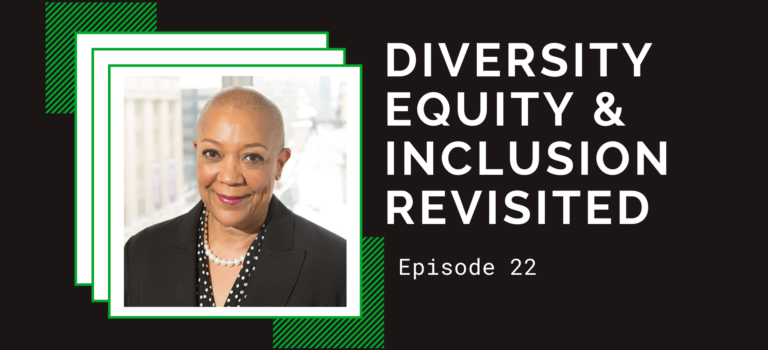
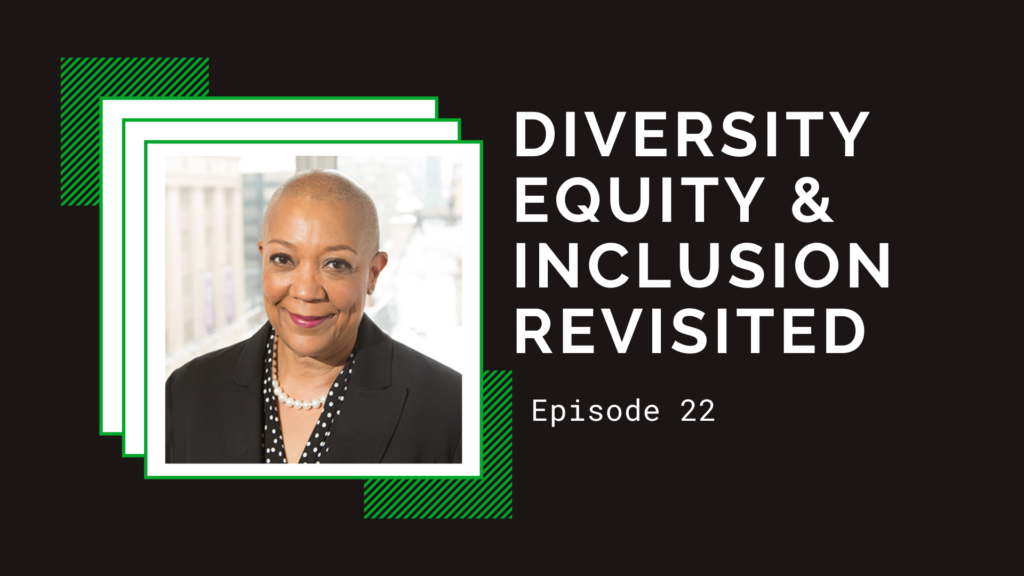
Sandi and Jen speak with expert Renee Bazile-Jones about Diversity Equity and Inclusion in the workplace. They describe what DE&I is, how is it being done, what is currently right and what is wrong. They discuss leadership and DE&I and unconscious bias. Renee discusses data for good DE&I. She also relays an example about good DE&I practices. They also discuss the uncomfortable conversations about understanding this issue with leaders and managers.